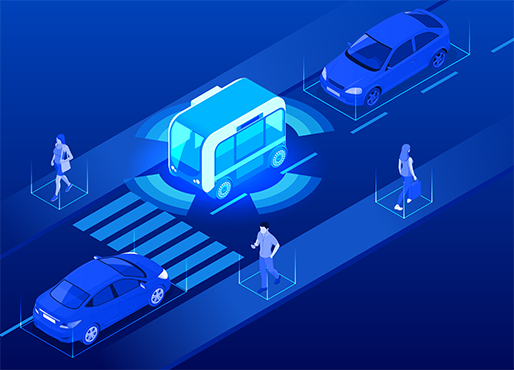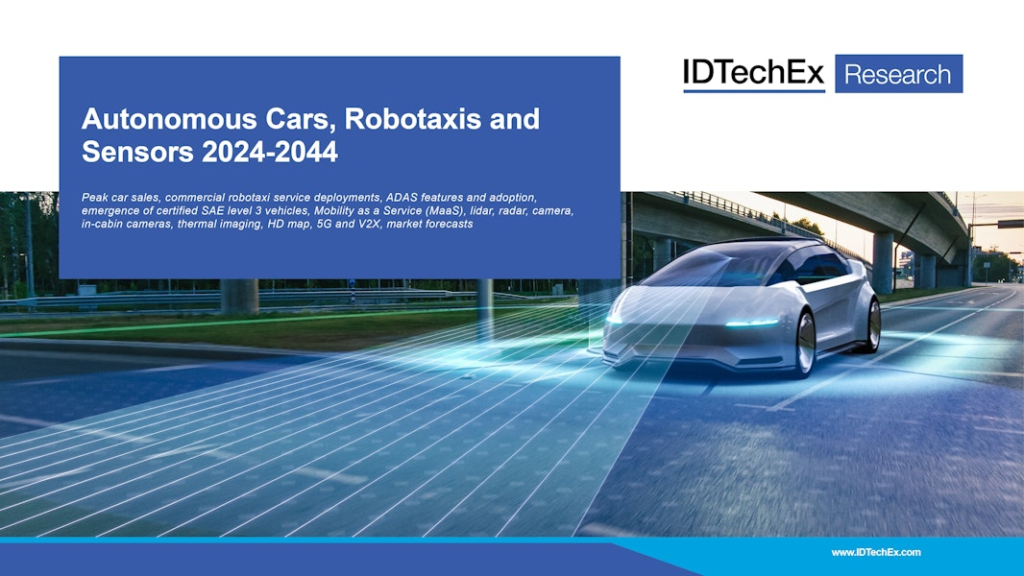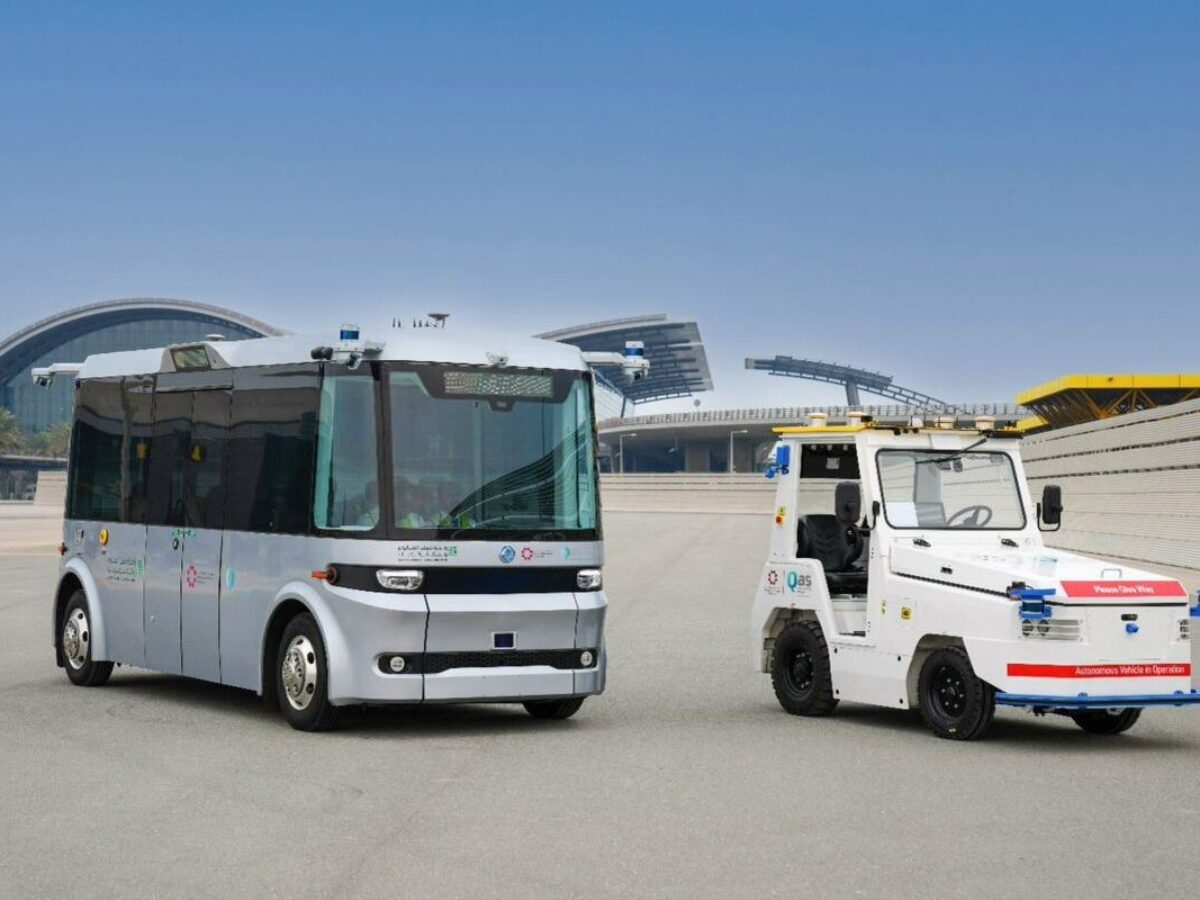Oman, known for its rich traditions, stunning landscapes, and warm hospitality, is now embracing a bold vision in the field of transportation: autonomous vehicles. From the deserts to the modern streets of Muscat, the country is moving forward with advanced testing and development of self driving technology. The aim is not only to enhance transport but also to improve safety, efficiency, accessibility, and environmental sustainability.
Over recent years, Oman has launched pilot programs and research initiatives involving government bodies, private firms, and universities. This growing interest highlights the potential of autonomous vehicles to reduce accidents, ease traffic, and align with the country’s vision for smart cities.
Government Support and Regulatory Backing
The Omani government has taken proactive steps to create a safe environment for autonomous vehicle testing. Regulatory agencies have established frameworks that govern trials, data handling, insurance, and safety measures. These efforts encourage innovation while ensuring the public remains protected.
Clear guidelines help companies and researchers work confidently, fostering collaboration between local institutions, global tech firms, and startups. This partnership model supports the safe and efficient growth of the autonomous vehicle ecosystem.
Real World Pilots and Testing Zones
One of the most critical aspects of this initiative is real world testing. Oman has introduced designated testing corridors in cities like Muscat and Duqm. These areas allow autonomous prototypes to navigate real traffic under supervision, gathering valuable insights.
Testing in Oman presents unique challenges, including intense sunlight, dusty conditions, and mixed traffic scenarios. These conditions help engineers refine vehicle sensors, improve mapping precision, and ensure reliable performance in diverse environments.

Collaboration with Global and Local Partners
Oman’s journey into autonomous driving is strengthened by strong partnerships. Global technology companies provide expertise in artificial intelligence, sensors, and communication systems, while local universities and engineering centers contribute valuable regional knowledge.
These collaborations ensure that autonomous systems are both technologically advanced and adapted to the specific conditions of the Sultanate. This combined expertise accelerates innovation and makes the technology safer and more efficient.
Advanced Technical Development and AI Models
The heart of autonomous vehicles lies in artificial intelligence. In Oman, developers are creating AI systems that recognise local traffic signs, roundabouts, pedestrians, and even animals crossing rural roads. Simulation and live trials improve accuracy and resilience.
High definition maps and real time data integration are also crucial. These technologies ensure that vehicles can navigate safely, even in challenging environments like valleys or off road areas. Multiple sensors, including radar and cameras, work together to maintain reliability during dust storms or bright sunlight.
Ensuring Safety Above All
Safety remains the top priority. All trials use backup drivers, remote monitoring, and emergency systems. Vehicles are designed to prevent collisions and react quickly to unexpected events. Testing begins at low speeds and expands gradually, with continuous analysis and improvement.
Transparent safety protocols and regular audits build public confidence. Oman is determined to prove that autonomous vehicles can be as safe, or even safer, than traditional driving.
Environmental Benefits and Sustainability
Autonomous vehicles offer significant environmental advantages. Many of the test vehicles in Oman are electric or hybrid, helping to reduce emissions. Smart driving algorithms optimise fuel usage and minimise wear and tear.
These efforts align with Oman’s Vision 2040 goals, which emphasise sustainability and clean energy. By reducing congestion and encouraging shared mobility, autonomous systems support a greener future for the country.
Enhancing Urban Mobility and Inclusive
In urban areas, autonomous vehicles can transform public transport. Self driving shuttles could connect neighbourhoods to key transit points, offering reliable and affordable travel. This development benefits seniors, individuals with disabilities, and those who face challenges using current transport options.
Vehicles designed with accessibility in mind, featuring ramps and visual aids, ensure that everyone can benefit from this technology. This inclusive strengthens the social impact of autonomous mobility.

Economic Opportunities and Talent Growth
The growth of autonomous vehicle technology creates new economic opportunities for Oman. Becoming a regional hub for testing attracts investments, startups, and skilled professionals. Universities are introducing specialised programs in AI, robotics, and autonomous systems, preparing young engineers for the future.
Jobs in software development, data analysis, hardware integration, and infrastructure support are expanding. This new industry opens doors for innovation and economic diversification.
Addressing Challenges and Cultural Context
Oman faces challenges such as establishing clear legal liability, building public trust, and adapting to various road conditions. Public awareness campaigns play a crucial role in educating citizens about the benefits and limitations of autonomous vehicles.
Cultural considerations are also important. Engineers ensure that vehicle behaviour respects local customs and driving etiquette. This careful attention helps build acceptance among Omani drivers and pedestrians.
Looking Ahead Scaling Up and Commercial Roll out
After successful pilot programs, Oman plans to scale up autonomous vehicle testing. Expanding test areas, introducing shared shuttles, and allowing controlled private fleet testing are part of the next steps. Partnerships with ride sharing services and logistics companies are under discussion.
The long term vision includes a safe, gradual roll out of semi autonomous and fully autonomous services. Each stage priorities safety, public input, and continuous learning.
Stories of Real Life Impact
Fatima, a senior citizen in Muscat, uses a self driving shuttle to reach her community center safely and comfortably. Rasha, a university student, travels effortlessly from her dorm to campus using an autonomous vehicle, saving time for her studies.
In industrial zones like Duqm, autonomous trucks are being tested for cargo transport, reducing delays and improving operations. Workers report smoother logistics, signalling a promising future for commercial applications.
Inspiring a National Mindset Shift
Beyond technology, Oman’s autonomous vehicle initiative inspires a shift toward innovation. It shows that the country is ready to adopt digital solutions that enhance lives. Public participation, open demonstrations, and community engagement are building a strong foundation of trust.
This transformation encourages young minds to pursue careers in technology and innovation, strengthening Oman’s role as a leader in the region.
Conclusion A New Era in Mobility
Oman’s testing and development of autonomous vehicles mark the beginning of a new chapter in transportation. With strong government support, innovative partnerships, and a commitment to safety and sustainability, the Sultanate is paving the way for a smarter, cleaner, and more connected future.
As autonomous shuttles and advanced AI systems become part of daily life, Oman is not just adapting to change but leading it. The journey continues, and the future of mobility in Oman looks brighter than ever.
Do follow Gulf Magazine on Instagram.
Also Read – Powerful Smart Grid Technologies Transforming Oman’s Power Sector for a Sustainable Future



